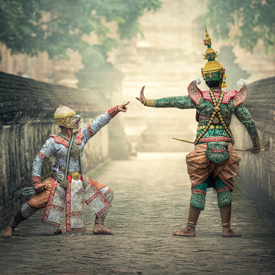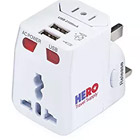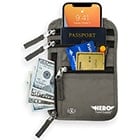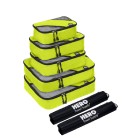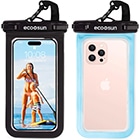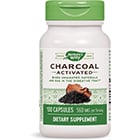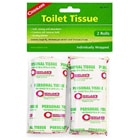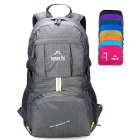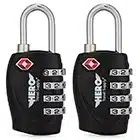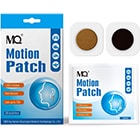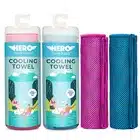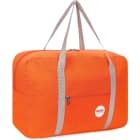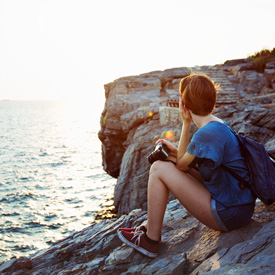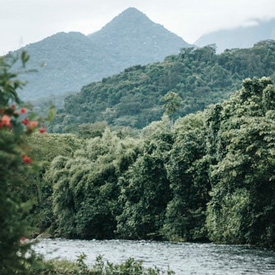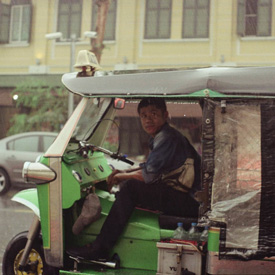Beaches – From Bali to Thailand to the Philippines, Southeast Asia is renowned for its beaches, many of which have world-class surfing or scuba diving opportunities. Even though the culture in most of the region is quite conservative, expectations around modest dress are definitely relaxed at the beach. Women can feel comfortable wearing bikinis, although styles with more coverage will be more respectful. Swim trunks are a better choice for men in most places, although plenty of European visitors choose to wear briefs instead.
Either way, it’s important to cover up when you’re away from the beach. Tourists walk through town in just their swimsuits nearly everywhere, but it really goes against social norms – I’ve even seen signs in Thailand telling people not to wear their swimsuits off the beach. Put at least a shirt or cover-up over your swimsuit if you’re hanging out near the coast, and bring regular clothes to wear into town. Unless you’re planning to do an activity like kayaking, where sturdy sandals or water shoes are more comfortable, a pair of flip-flops is usually the best beach footwear for Southeast Asia.
Temples – Whether they’re big or small, old or new, rural or urban, famous or unknown, temples are the one thing you’ll find almost everywhere in Southeast Asia (except the Philippines, a predominantly Catholic country). For most tourists, visiting temples is one of the highlights of their trip. But temples are sacred places, so appropriate dress is more important there than anywhere else. Most temples have dress codes, and it’s common for inappropriately-dressed visitors to be refused entry (or required to buy or rent an extra garment to cover up with). Temple dress codes apply to both men and women and usually require keeping your shoulders, knees, midriff, and cleavage covered; shorts and sleeveless shirts are not allowed.
Male visitors should wear pants and a short-sleeved shirt, and women can wear a short-sleeved top with either capris, pants, or a calf-length skirt (or dress). At most temples (but not the most strict ones), a scarf or shawl worn over a tank top is sufficient. If you’re visiting a big complex like Angkor Wat or just hitting several temples in one day, you’ll end up spending a lot of time on your feet, so comfortable walking shoes are essential. More modern temples (other than those that are in ruins) require visitors to remove their shoes before entering, so something you can slip on and off will make things easier. Many cities in Southeast Asia also have mosques that are open to visitors, and the same clothing rules generally apply.
Nightlife – Nightlife in Southeast Asia ranges from upscale clubs in downtown Singapore to riverside shacks in rural Laos and everything in between. At most bars and restaurants frequented by tourists, especially those that cater to backpackers, you don’t need to wear anything special. However, in the popular areas of major cities like Bangkok and Ho Chi Minh, many of the nicer clubs and restaurants have strict dress codes, which almost always prohibit any kind of open-toed shoes. At these places, local people and ex-pats will be dressed to impress, so you should dress the way you would for a big night out in a U.S. city. Even spots that don’t have an official dress code might turn you away if you’re too underdressed, or you may find that you get terrible service.
Trekking – Almost every country in Southeast Asia has opportunities for trekking, but the conditions vary dramatically. No matter where you plan to trek, though, the right gear is essential for staying comfortable and safe. If you’ll be trekking in northern Laos or northern Vietnam (including the trekking capital of Sapa) during the winter or climbing to a high elevation, the cold temperatures might surprise you. Warm clothes and pieces you can easily layer will be critical. A good rule of thumb is to wear a sweat-wicking base layer (like a wool t-shirt), an insulating mid-layer (like a fleece jacket), and a waterproof outer layer (a rain jacket or outer shell), along with long underwear or leggings and water-resistant hiking pants.
Don’t forget a hat and gloves as well. For other treks, including the popular hill-tribe treks in northern Thailand, lightweight clothes will be most comfortable. Since most treks pass through rural villages, dressing modestly is especially important, and covering up will protect you from the brush, bugs, and sun anyway. You’ll also need the right footwear, which will depend on how difficult your trek is and how much you’ll be carrying. If you’re doing a strenuous, multi-day trip or carrying a heavy pack, hiking boots will protect your ankles and keep you most comfortable. For shorter or less demanding treks, hiking shoes with good traction with probably be sufficient. If you’ll be trekking in cold weather, you’ll need waterproof shoes or boots to stay warm. Otherwise, ventilated footwear is more comfortable in tropical climates because it dries out much faster.




